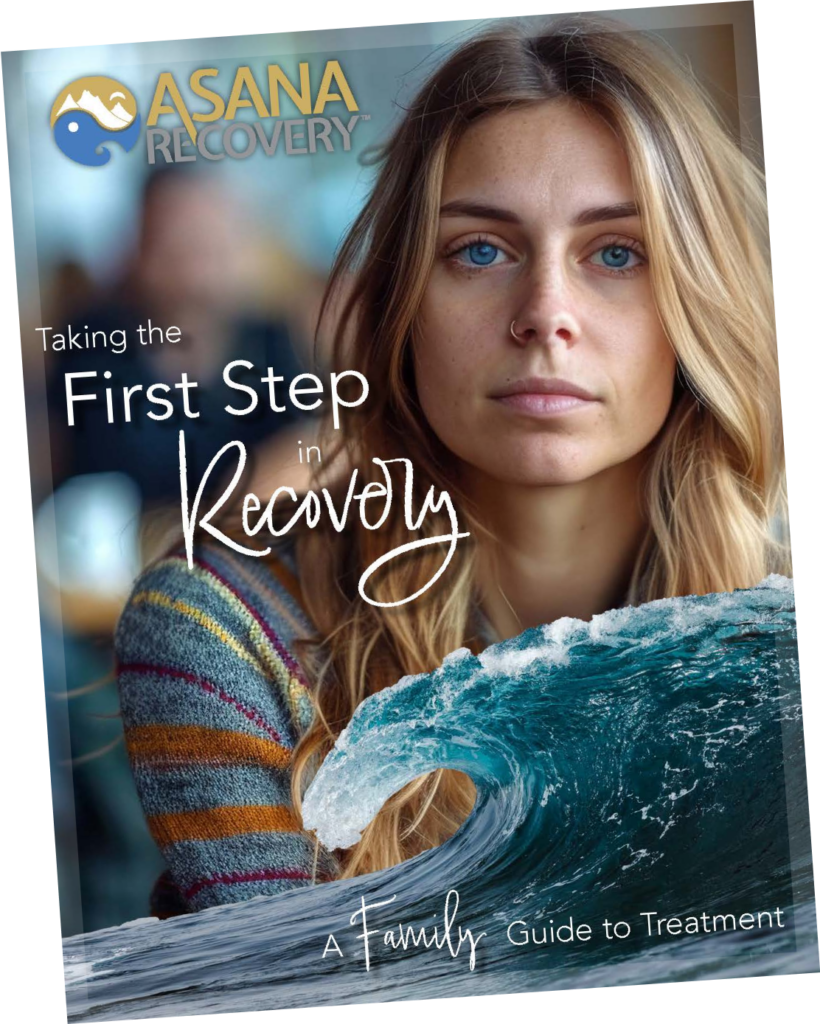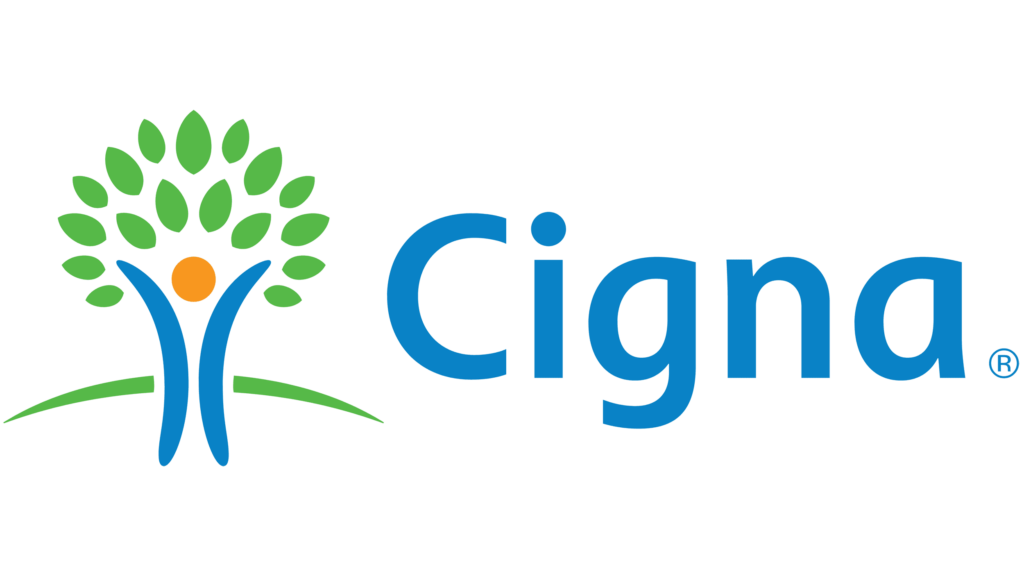Xanax, known generically as alprazolam, is one of the most widely prescribed medications in the United States, with over 17 million prescriptions issued in 2019. This comprehensive guide explores its classification as a controlled substance and what that means for patients and healthcare providers.
The classification of Xanax as a Schedule IV controlled substance under the Controlled Substances Act (CSA) represents a significant regulatory framework designed to balance medical necessity with public safety. This classification acknowledges the medication’s legitimate therapeutic value while implementing strict controls to prevent misuse and diversion. Under federal law, prescriptions for Xanax are subject to rigorous monitoring and specific limitations. Healthcare providers must adhere to strict prescribing protocols, including detailed documentation and regular patient monitoring. Prescriptions remain valid for only six months, during which patients may receive up to five refills. This careful regulation ensures appropriate medical use while minimizing the risk of abuse or illegal distribution.
Key Restrictions:
Xanax serves as a crucial therapeutic option in modern psychiatric medicine, with FDA approval for treating both generalized anxiety disorder (GAD) and panic disorder, with or without agoraphobia. Beyond these primary indications, healthcare providers may prescribe Xanax for various off-label uses based on clinical judgment and patient needs. The medication has shown effectiveness in managing temporary anxiety symptoms, depression-related anxiety, specific phobias such as fear of flying, and anxiety associated with chronic pain conditions. Some practitioners also prescribe it for short-term sleep problems, though this use requires careful consideration of potential risks and benefits.
Xanax is FDA-approved for treating two primary condition:
Primary Indications:
Off-label Uses:
The mechanism of action of Xanax involves a sophisticated interaction with the brain’s neurotransmitter systems. As a central nervous system depressant, it enhances the effects of gamma-aminobutyric acid (GABA), the primary inhibitory neurotransmitter in the brain. This enhancement leads to a cascade of therapeutic effects throughout the nervous system. By increasing GABA activity, Xanax effectively reduces neuronal excitability, resulting in decreased anxiety levels, muscle relaxation, and potential sedation. This complex neurochemical interaction explains both its therapeutic benefits and its potential for dependence, as the brain may adapt to these changes over time.
This mechanism:
The safety profile of Xanax requires careful consideration due to its range of potential effects on the body and mind. Common side effects typically manifest as drowsiness, dizziness, and temporary cognitive impairment, including memory problems and difficulty concentrating. Patients often experience dry mouth, coordination difficulties, and changes in appetite. More concerning are the severe risks associated with Xanax use, particularly when combined with other substances. These can include dangerous respiratory depression, cardiovascular complications, and in extreme cases, life-threatening conditions. The medication can cause significant psychomotor impairment, affecting daily activities and potentially leading to accidents or injuries.
Common Side Effects:
Severe Risks:
Asana Recovery works with most PPO plans, covering up to 100%. See if your insurance can help fund your journey. Click below to get a free quote.

The legal framework surrounding Xanax possession and distribution is comprehensive and stringent. Unauthorized possession can result in a spectrum of legal consequences, varying by jurisdiction and circumstances. Misdemeanor charges typically involve smaller quantities and may result in court-imposed fines, probation periods, and possible jail time. More serious cases, particularly those involving larger quantities or distribution, can lead to felony charges carrying severe penalties including extended prison sentences and substantial financial penalties. Federal trafficking charges represent the most serious category, potentially resulting in decades of imprisonment and extensive fines.
Possession of Xanax without a valid prescription can result in serious legal consequences:
Misdemeanor Charges:
Felony Charges:
Responsible Xanax use demands strict adherence to medical guidelines and safety protocols. Patients must maintain their medication in its original container with clear labeling and follow prescribed dosages precisely. The importance of secure storage cannot be overstated, as preventing access by unauthorized individuals is crucial for both legal compliance and public safety. Regular communication with healthcare providers ensures proper monitoring of therapeutic effects and potential side effects. Patients should maintain detailed records of their usage and any observed effects, facilitating informed discussions with their healthcare team about continued treatment or necessary adjustments.
When prescribed Xanax, patients should:
The addictive potential of Xanax represents a complex interplay of pharmacological and psychological factors. While classified as a Schedule IV controlled substance, indicating a lower abuse potential compared to substances in higher schedules, Xanax can develop significant physical and psychological dependence. The medication’s rapid onset of action, coupled with its relatively short half-life, creates a pattern of quick relief followed by potential rebound symptoms, which can reinforce dependent behaviors. Long-term use often leads to tolerance, requiring increased doses to achieve the same therapeutic effect. The risk of addiction is particularly pronounced in individuals with a history of substance abuse or those taking doses exceeding prescribed amounts. Healthcare providers typically recommend short-term use and careful monitoring to minimize these risks while maintaining therapeutic benefits.
Operating vehicles or machinery while under the influence of Xanax poses significant safety concerns that extend beyond simple drowsiness. The medication affects multiple aspects of cognitive and motor function essential for safe driving. These include reduced reaction times, impaired judgment, decreased coordination, and potential visual disturbances. The severity of these effects can vary based on dosage, individual tolerance, and interaction with other substances. Even at prescribed doses, Xanax can cause unexpected episodes of extreme drowsiness or disorientation. The legal implications of driving under the influence of Xanax are serious, as it falls under DUI laws in many jurisdictions. Healthcare providers strongly advise against driving, especially during initial treatment or after dose adjustments, until individual responses to the medication are well understood.
The legal consequences of unauthorized Xanax possession are far-reaching and can have long-lasting impacts on various aspects of life. Criminal charges vary by jurisdiction but generally escalate based on quantity possessed and intent. First-time offenders with small amounts might face misdemeanor charges, resulting in fines, probation, and possible jail time. Larger quantities or evidence of distribution intent can lead to felony charges with mandatory minimum sentences. Beyond immediate legal penalties, a conviction can affect employment opportunities, professional licenses, educational opportunities, and housing options. Some jurisdictions offer alternative sentencing programs focusing on rehabilitation, particularly for first-time offenders or those with documented substance use disorders.
The metabolism and elimination of Xanax from the body involves complex pharmacokinetic processes that vary significantly among individuals. While the average half-life is 11.2 hours in healthy adults, numerous factors influence this duration. Age, liver function, body composition, and concurrent medications can all affect elimination rates. The drug’s metabolites can be detected in various testing methods for different durations: urine tests may show positive results for up to 4 days, blood tests for up to 24 hours, and hair follicle tests for several months. Chronic use typically extends these detection windows due to accumulation in fatty tissues. Understanding these timelines is crucial for medical procedures, drug testing compliance, and avoiding potentially dangerous drug interactions.
The interaction potential of Xanax with other medications presents a critical consideration in pharmaceutical safety. Particularly dangerous combinations occur with other central nervous system depressants, including opioids, alcohol, and certain antihistamines. These combinations can lead to severe respiratory depression, cognitive impairment, and potentially fatal outcomes. Even seemingly benign substances like grapefruit juice can significantly affect Xanax metabolism by inhibiting the enzymes responsible for its breakdown. Certain antifungal medications, antibiotics, and HIV medications can also alter Xanax levels in the body. Healthcare providers must carefully review all medications, including over-the-counter drugs and supplements, to prevent dangerous interactions.
Xanax distinguishes itself from other anxiety medications through several key characteristics affecting its therapeutic application and risk profile. Unlike selective serotonin reuptake inhibitors (SSRIs) or serotonin-norepinephrine reuptake inhibitors (SNRIs), which require weeks to achieve full therapeutic effect, Xanax provides rapid symptom relief, typically within an hour of administration.
This quick onset makes it particularly useful for acute anxiety episodes but also contributes to its higher addiction potential. Compared to other benzodiazepines, Xanax has a shorter half-life, leading to more frequent dosing requirements but potentially less next-day sedation. The medication’s potency relative to other benzodiazepines also influences prescribing patterns and risk assessment. While effective for short-term anxiety management, its use must be balanced against the risk of developing tolerance and dependence, which can occur more rapidly than with longer-acting alternatives.
We get it. Addiction recovery is tough. That’s why our programs are founded and staffed by people in recovery – people who truly understand.
Navigating the challenges of prescription medications like Xanax can be overwhelming, especially when faced with the risks of dependency or misuse.
At Asana Recovery, we provide a comprehensive and compassionate approach to addressing substance use issues, including support for those managing prescription medication challenges.
Start your path to recovery today. Contact Asana Recovery to learn how our personalized programs can help you regain control and achieve lasting wellness. Together, we’ll create a safe and supportive environment for your healing journey.
Take your first step towards lasting recovery. At Asana, we offer effective, insurance-covered treatment for addiction and mental health, guided by experts who understand because they’ve been there. Start your healing today.

This book has helped so many men and women; and we want to give it you for FREE. Get signed up today and discover how to unlock the grip of addiction and get back to living your best life.
In this book, you’ll discover…
— The Most Common Misconceptions About Addiction and Rehab
— Why Rock Bottom is a Myth and What You Can Do About It
–The Steps to Healing From Trauma, Both Mentally and Emotionally
–And much more!
© Copyright 2024 Asana Recovery™ | All Rights Reserved | Privacy Policy
You could save up to 100% of your treatment using your Insurance.





By submitting this form, you agree to Asana Recovery’s Privacy Policy. You also consent to Asana Recovery contacting you by phone, text message, and email regarding your insurance benefits and treatment services. You acknowledge that text messaging may involve risks, authorize the use of your Protected Health Information (PHI) for these communications, and understand you can opt-out of text messages at any time by replying “STOP”.
Asana Recovery
We firmly believe that the internet should be available and accessible to anyone, and are committed to providing a website that is accessible to the widest possible audience, regardless of circumstance and ability.
To fulfill this, we aim to adhere as strictly as possible to the World Wide Web Consortium’s (W3C) Web Content Accessibility Guidelines 2.1 (WCAG 2.1) at the AA level. These guidelines explain how to make web content accessible to people with a wide array of disabilities. Complying with those guidelines helps us ensure that the website is accessible to all people: blind people, people with motor impairments, visual impairment, cognitive disabilities, and more.
This website utilizes various technologies that are meant to make it as accessible as possible at all times. We utilize an accessibility interface that allows persons with specific disabilities to adjust the website’s UI (user interface) and design it to their personal needs.
Additionally, the website utilizes an AI-based application that runs in the background and optimizes its accessibility level constantly. This application remediates the website’s HTML, adapts Its functionality and behavior for screen-readers used by the blind users, and for keyboard functions used by individuals with motor impairments.
If you’ve found a malfunction or have ideas for improvement, we’ll be happy to hear from you. You can reach out to the website’s operators by using the following email
Our website implements the ARIA attributes (Accessible Rich Internet Applications) technique, alongside various different behavioral changes, to ensure blind users visiting with screen-readers are able to read, comprehend, and enjoy the website’s functions. As soon as a user with a screen-reader enters your site, they immediately receive a prompt to enter the Screen-Reader Profile so they can browse and operate your site effectively. Here’s how our website covers some of the most important screen-reader requirements, alongside console screenshots of code examples:
Screen-reader optimization: we run a background process that learns the website’s components from top to bottom, to ensure ongoing compliance even when updating the website. In this process, we provide screen-readers with meaningful data using the ARIA set of attributes. For example, we provide accurate form labels; descriptions for actionable icons (social media icons, search icons, cart icons, etc.); validation guidance for form inputs; element roles such as buttons, menus, modal dialogues (popups), and others. Additionally, the background process scans all the website’s images and provides an accurate and meaningful image-object-recognition-based description as an ALT (alternate text) tag for images that are not described. It will also extract texts that are embedded within the image, using an OCR (optical character recognition) technology. To turn on screen-reader adjustments at any time, users need only to press the Alt+1 keyboard combination. Screen-reader users also get automatic announcements to turn the Screen-reader mode on as soon as they enter the website.
These adjustments are compatible with all popular screen readers, including JAWS and NVDA.
Keyboard navigation optimization: The background process also adjusts the website’s HTML, and adds various behaviors using JavaScript code to make the website operable by the keyboard. This includes the ability to navigate the website using the Tab and Shift+Tab keys, operate dropdowns with the arrow keys, close them with Esc, trigger buttons and links using the Enter key, navigate between radio and checkbox elements using the arrow keys, and fill them in with the Spacebar or Enter key.Additionally, keyboard users will find quick-navigation and content-skip menus, available at any time by clicking Alt+1, or as the first elements of the site while navigating with the keyboard. The background process also handles triggered popups by moving the keyboard focus towards them as soon as they appear, and not allow the focus drift outside it.
Users can also use shortcuts such as “M” (menus), “H” (headings), “F” (forms), “B” (buttons), and “G” (graphics) to jump to specific elements.
We aim to support the widest array of browsers and assistive technologies as possible, so our users can choose the best fitting tools for them, with as few limitations as possible. Therefore, we have worked very hard to be able to support all major systems that comprise over 95% of the user market share including Google Chrome, Mozilla Firefox, Apple Safari, Opera and Microsoft Edge, JAWS and NVDA (screen readers).
Despite our very best efforts to allow anybody to adjust the website to their needs. There may still be pages or sections that are not fully accessible, are in the process of becoming accessible, or are lacking an adequate technological solution to make them accessible. Still, we are continually improving our accessibility, adding, updating and improving its options and features, and developing and adopting new technologies. All this is meant to reach the optimal level of accessibility, following technological advancements. For any assistance, please reach out to